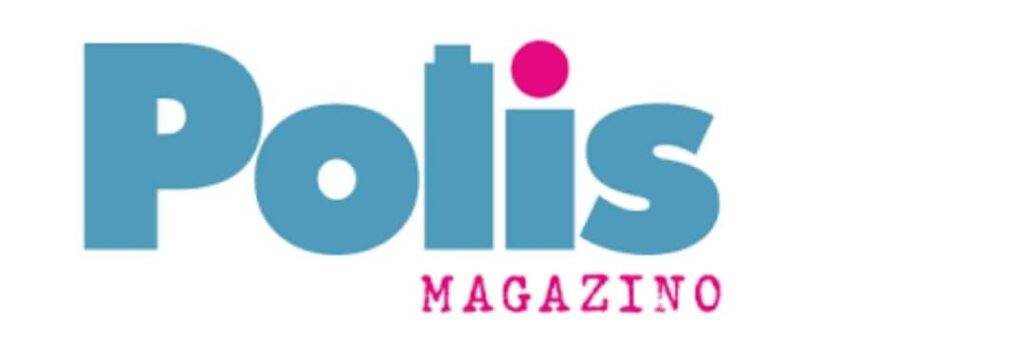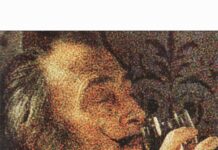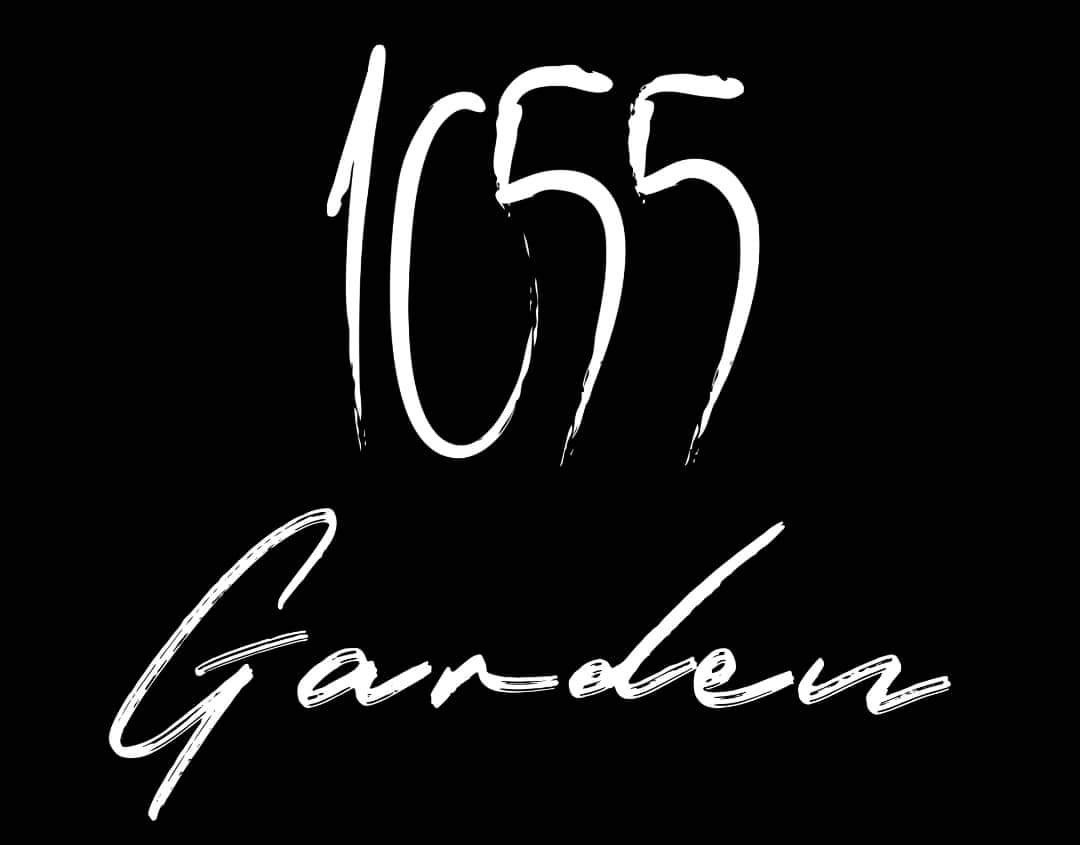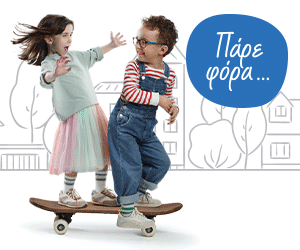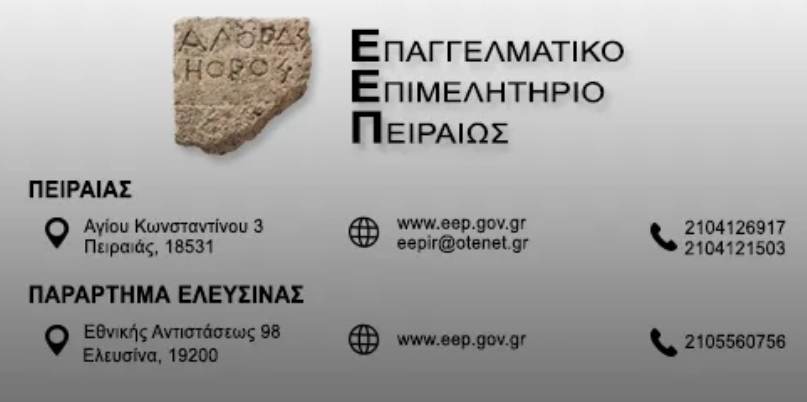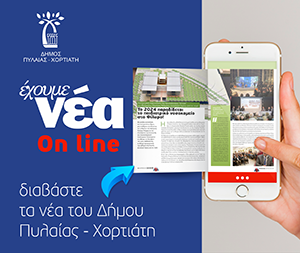Επιμέλεια: Εύα Πετροπούλου Λιανού
In search of a choice. Question six
This is anarchy. I can’t create in the midst of chaos!
Quote from the cartoon “City of Heroes”
How to avoid chaos when choosing? Perhaps the main problem in the matter of choice is the choice itself. That is, the indisputable giving of priority, preference to one option out of several, with partial or complete denial of them. But even with a specific definition (the choice of something), the question remains: was this choice right or wrong?
Suppose the choice was made wrong or better to say unsuccessful, what will happen in this case?
Firstly, such an assessment is also doubtful, will the critic or the viewer from the outside be able to accurately say that there is a mistake in this or that work of art?
This is possible if the work duplicates a previously created one, relies on any facts (scientific, historical) or is obviously unfinished and spoiled. And what about all the other cases? Only the author, having accepted this or that choice, will be able to say afterwards that the work was successful or unsuccessful for him personally and absolutely honestly for himself. There are many examples in history of such phenomena when established and already well-known authors were critical of their early works. But even in the case of any erroneous decision for the work, the critical assessment and the experience gained by the author continue to move him forward. It turns out that there is absolutely no wrong choice in art at all and all assessments from the outside are indirect and ambiguous.
Consider the conditionally correct choice. That is, such a choice, as a result of which the author’s work turned out to be successful according to the estimates of viewers (readers), critics and the opinion of the author himself. Obviously, this option will have a longer and deeper positive output, primarily for emotions, inspiration and imagination.
It is logical to assume that the choice may be branched, the choice of several options from a larger number or some compromise reflecting different points of view (information and ideological bases). Although in this case, the choice will be positive.
However, a new question arises. What is new in the selection or summation of previously created, exceptions and mixing of art trends in general? Even if it is a positive movement for one author, won’t it be chaotic for the whole current in art? And if the currents were previously based on rules and ideologies and this sample will disrupt their order, then how will art exist at all?
To answer this question, first of all, let’s compare choice (choism) and eclecticism (eclecticism).
Eclecticism by definition is an artistic trend in architecture (let’s consider it a little more broadly, as a current in art), focused on the use of various forms of art of the past (works) in any combination in one structure; it usually manifests itself during periods of change of large artistic systems. That is, the main postulates are “selection” and also “choice”, however, there are hints in the definition that distinguish this current (direction) from choism. Choism is an ideologically new and independent direction in art, and not intermediate between the changes of systems. In addition, eclecticism is the new created from the old (like Frankenstein), and choism is the creation of the new on the basis of the old (a new form of life, as a result of evolution).
The difference is obvious, but on what rules will this current be built? The answer is the creation of the new by natural choice, not the summation of the old (the birth of a new life, not the creation of Frankenstein from the dead currents of the past).
There is no need to be afraid of chaos. Art has never existed in isolation from the works of the authors and their ideas, and the authors, although they were separated by distance or even years (centuries), could always communicate and understand each other using a characteristic code. Such a code (a set of characteristic features and sequences) that represented one or another current, and the authors simply associated themselves with it, or withdrew. It all starts with one author, and if his ideas and presentation find a response, then his code (message in art) is given to them like genetic information. And the living, as you know, is in harmony with the laws of the universe and there is no chaos inside it.
There will be no chaos, but there are issues related to the choice in time (epoch). Which is better: the choice of the past or the future and what is the difference between them?
Conditionally, within the framework of the new trend in art, all the choices for the authors will be equivalent, because if we look at choism as the future of art, everything else will turn out to be conditionally outdated by the past and it turns out that the choice will consist rather in assessing the boundaries of the work and endowing it with some rules and deep meaning. Another option is also possible – the complete liberation of creating simplified imagery with open horizons for fantasy and conclusions (for example, giving cubism some realism, or adding some expression to romanticism).
In conclusion, let’s consider a little advice for choosing. Art should inspire, give vivid emotions, delight and surprise, educate and teach. In a derivative way, these tasks also fall on the current in art, taking into account some features of the time and universal tasks and issues of the epoch.
For Choism, this is a time of abundance and chaos, literally some kind of “informational Middle Ages”, when opposites settled next to each other and identifying them or simply distinguishing them becomes a real problem. Therefore, it is reasonable to look at choism as a golden mean in the chaos of modern achievements, that is, partial adherence to the rules and the preservation of freedom of expression. For example, a combination of bright, even fake colors and very real shapes of objects or images. Or preserving the rules of composition construction, but at the same time displaying deep details previously hidden by logic itself (like the flight of photons in a still life or discharges of brain bio-currents in a portrait).
But there are also a few more questions – what should tuck the authors to this choice and the new trend? And will such a flow be natural or forced? We will answer these questions in the next article.
